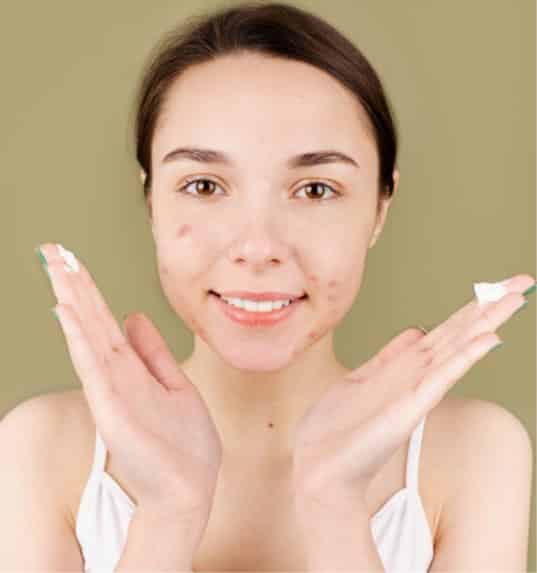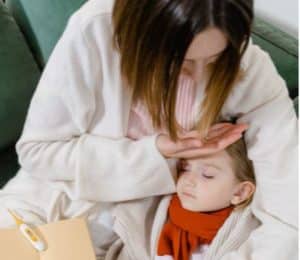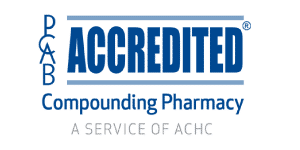Acne and other skin conditions are very common among millennials. According to the National Institutes of Health, approximately 70 to 80 percent of people between the ages of 11 and 30 experience acne or pimple breakouts. These skin conditions are so common that there is a multitude of solutions available to treat them.
Let us look at 5 of the most common skin conditions and what you can do to treat them
1. Acne:
Acne is a very common type of skin condition among teenagers. Though it’s generally considered a teenage skin problem, many adults also suffer from acne. Acne can appear in the face, upper back, neck, shoulders, and chest. Acne breakouts usually occur when your pores get clogged with oil and dead skin cells. Acne can be treated by over counter creams and gels. It is recommended to reach out to a certified dermatologist if the acne is severe as they can suggest customized dermatological compounding cream that has high efficacy and minimal side effects.
2 Atopic Dermatitis:
Eczema also called atopic dermatitis is a very common skin condition among children but can also occur in adults. Atopic dermatitis or Eczema is a skin condition in which scaly, dry patches appear in and around the skin. They can appear in the cheeks, face, scalp, hands, etc. They are often very itchy and sometimes very painful. They are usually treated and managed by using a moisturizing regimen, and oral medications like antihistamines to decrease itching.
3. Psoriasis:
Psoriasis is a chronic skin disease with no cure that causes reddish itchy scaly patches around the affected area of the skin. It usually appears in the knees, elbows, and scalp. Psoriasis differs from eczema and looks like red raised plaques with silvery-white scales. As it has no long-time cure, we can reduce its effects by a minimum using topical prescribed compounding medication, lightbox therapy, injection, etc.
4. Rosacea:
It is a skin condition that appears as red patches wherein the blood vessels can be seen on the face. It usually appears in the nose, cheeks, and chin areas of the face. In some cases, red patches can also appear on the forehead, back, ears, and chest. Depending on the form of rosacea you have, the condition can also cause red and pus-filled bumps. Rosacea is a chronic skin condition and is usually treated with topical oral prescriptions like antibiotics, customized compounding medication, and even laser to severe redness of the skin.
5. Shingles:
Shingles virus (herpes zoster) causes painful skin rash resulting in a red, blistering rash. Fever, fatigue, and headache can also occur. It is caused by the same virus as chickenpox, called the varicella-zoster virus. The chickenpox virus continues to live in some of your nerve cells after you recover from it in your childhood. This virus gets activated in some people in their adulthood causing shingles. Early treatment with antivirals like oral valacyclovir can reduce the symptoms.





